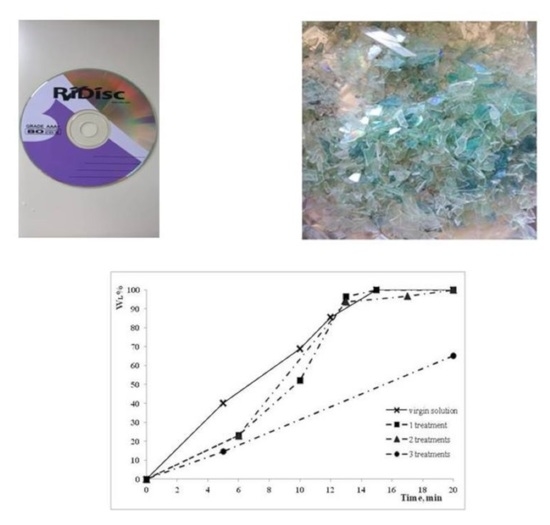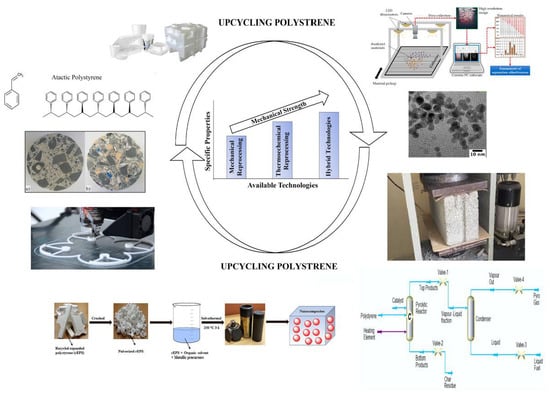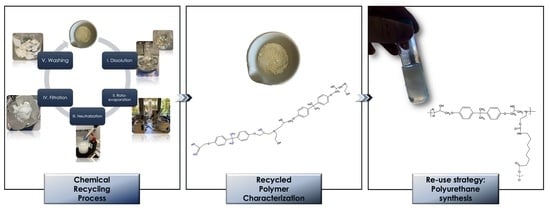The Recovery, the Recycling, and the Reuse of Polymer-Based Materials (Closed)
A topical collection in Polymers (ISSN 2073-4360). This collection belongs to the section "Biomacromolecules, Biobased and Biodegradable Polymers".
Viewed by 12468Editor
Interests: polymer processing; mechanical behaviour of polymer-based systems; rheological behaviour of polymer-based systems; green composites; biocomposites; nanocomposites; biodegradable polymers; polymer blends; degradation and recycling of polymer-based systems
Special Issues, Collections and Topics in MDPI journals
Topical Collection Information
Dear Colleagues,
Recovery, recycling, and reuse of polymer-based materials are three fundamental keywords for the future of polymeric materials. The remarkable amount of polymers consumed per year (almost 400 million ton in 2021), as well as the growing but still small amount of recycled polymer manufacts, directs much more attention to the recovery, recycling, and reuse of these materials.
This Topical Collection intends to foster the knowledge and the knowledge exchange of new researches in this filed. Papers on mechanical, chemical, and organic recycling, as well as on the energy recovery of polymers and multiphase polymer systems (such as polymer blends, polymer composites, multilayer films, etc.), are welcome. Moreover, the use of additives, stabilizers, compatibilizers, and new recycling technologies are also welcome.
Prof. Dr. Francesco Paolo La Mantia
Collection Editor
Manuscript Submission Information
Manuscripts should be submitted online at www.mdpi.com by registering and logging in to this website. Once you are registered, click here to go to the submission form. Manuscripts can be submitted until the deadline. All submissions that pass pre-check are peer-reviewed. Accepted papers will be published continuously in the journal (as soon as accepted) and will be listed together on the collection website. Research articles, review articles as well as short communications are invited. For planned papers, a title and short abstract (about 100 words) can be sent to the Editorial Office for announcement on this website.
Submitted manuscripts should not have been published previously, nor be under consideration for publication elsewhere (except conference proceedings papers). All manuscripts are thoroughly refereed through a single-blind peer-review process. A guide for authors and other relevant information for submission of manuscripts is available on the Instructions for Authors page. Polymers is an international peer-reviewed open access semimonthly journal published by MDPI.
Please visit the Instructions for Authors page before submitting a manuscript. The Article Processing Charge (APC) for publication in this open access journal is 2700 CHF (Swiss Francs). Submitted papers should be well formatted and use good English. Authors may use MDPI's English editing service prior to publication or during author revisions.
Keywords
- mechanical recycling
- chemical recycling
- organic recycling
- energy recovery
- recycling of biodegradable polymers
- additives, stabilizers, compatibilizers for recycling









